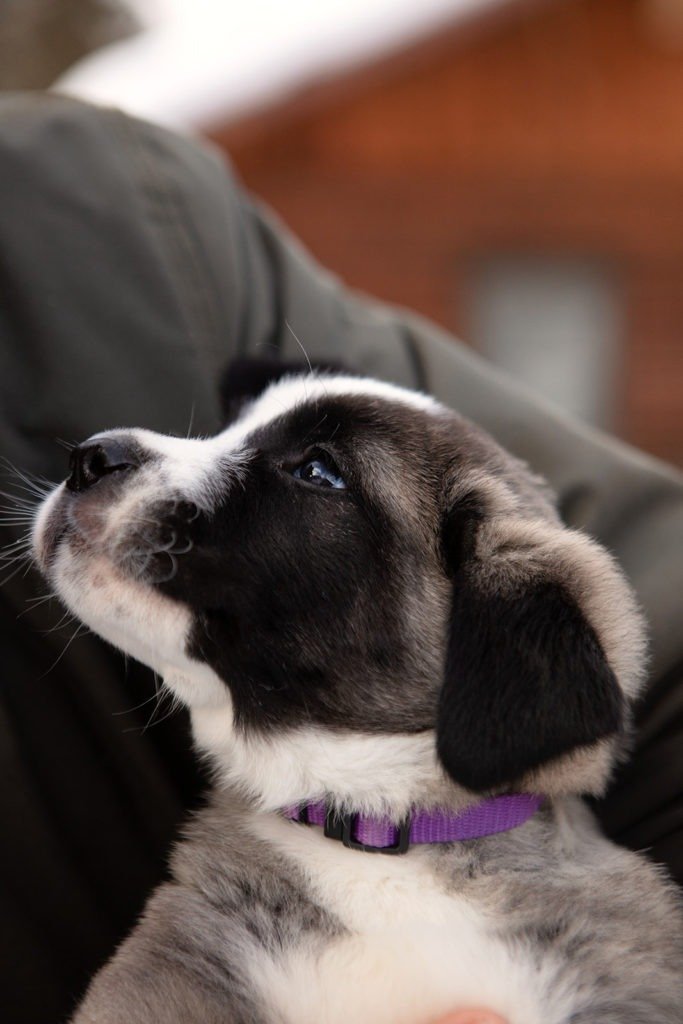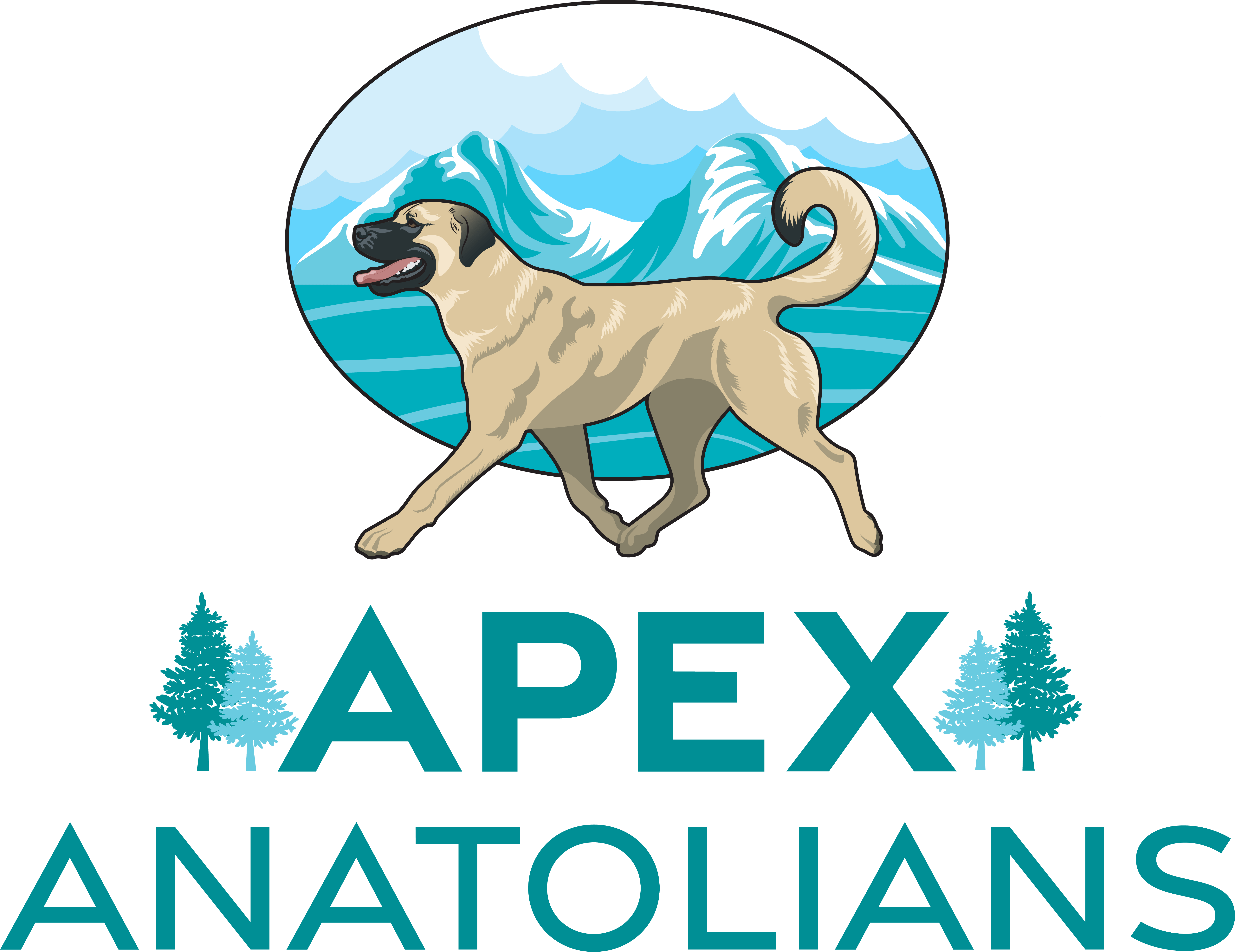How Much do Anatolian Shepherds Cost?
How much for the puppy in the window?
As you search across the internet for your Anatolian puppy, you’re likely to come across a wide range of price points. Many factors go into pricing a puppy for sale, and we will go over the big ones here so you can be an informed puppy buyer, wherever you choose to buy from!
- Quality of Parents/Lines
- Health Testing
- Registration Status
- Breeder Experience/Support
- Evaluation/Placement Protocols
- Working Lineage/Exposure
This is going to be an informational post on the Anatolian Shepherd puppy market- not our puppies in particular. If you are wondering how much our puppies cost, please visit our Puppies Page.

Quality of Parents/Lines
What makes a puppy? Lots of things go into a puppy, but most obviously, each pup pulls half their genetic material from their sire, and half from their dam. The first weeks of their life, the puppy is cleaned, warmed, snuggled, and taught how to behave by his dam. The goal of breeding a litter is ideally to improve upon both parents in the offspring. Well matched parents that are conformationally and temperamentally compatible and complimentary are going to produce puppies of higher than average value.
In addition to the parents, grandparents and great-grand parents are also of some value when you look at a puppy. If you seek a working dog- having successful, healthy, trustworthy livestock guardians on both sides of their family tree is something to seek!
Health Testing
The minimum recommended tests for an Anatolian Shepherd are OFA/PennHIP hip evaluation and OFA elbow evaluation.
You can learn more about Recommended Health Testing for Anatolians HERE, but only accept official OFA or PennHIP scores- no local Veterinarian opinions, no if’s and’s or but’s!
Official hip and elbow scores on both parents and deeper in their pedigree can bump the price on a puppy up $1000 or more. This ties into the Quality of Parents/Lines.
Registration Status
Papers don’t protect goats- but they do give you a record of the dogs behind your specific puppy to research, reference, and you know with some certainty (depending on the breeders involved in the pedigree) what you can reasonably expect from your dog.
Unregistered Anatolian pups can start around the $500 mark and go up to the $1500 range.
AKC Registered Anatolian Pups can start around $800 and top out around $5000 for an import or other unique prospect. UKC is also a reputable registry, where as all other registries in the United states are NOT reputable or recommended. Treat CKC and other obscure registry dogs as unregistered.
Breeder Experience/Client Support
Each breeder is different, just like each breeding program is different! Generally speaking, when a breeding program is just getting started up, there is a time where prices may be lower than those of the breeding stock. For example, the breeder paid $3000 for the sire and $3500 for the dam, but is selling pups for $2000 as they build their reputation and test their lines they have selected. Within a few litters, their price point will often go up. This is normal!
On the opposite side of the experience equation- breeders with a decade or more of experience breeding dogs (not necessarily the same breed, but breeding and building a reputation) tend to have a higher price point. These breeders take on more of a mentor role for their buyers and provide resources, answer questions and help troubleshoot training/working issues that pop up with pups they have sold. Buying your puppy from one of these breeders will cost you more in purchase price, but could actually save you money long-term.
Evaluation/Placement Services
Part of the job of a working dog breeder is to accurately evaluate and properly place each of their puppies in the best match home. This cannot be done with precision before 7 weeks old in the Anatolian Shepherd, but it most certainly CAN be done.
Any breeder who claims that puppies are not able to be evaluated prior to going home are not accepting responsibility for the puppies and where they go! Those breeders’ puppies are usually cheaper- but a gamble for you. The same can be said of the breeder who breeds for/selects puppies/allows selection based on coat color or pattern. Your puppy’s temperament is the key to what your dog is going to be in adult form. Color and pattern are simply icing on the cake. You want a sound mind that is compatible with your lifestyle and temperament- things not easily changed.
Expect to wait for the right puppy to be selected for you around age 8-10 weeks old. The breeder who places pups in this way is considering more than color in their decision process and giving you and your puppy the best possible match from the start.
Breeders who offer Temperament and Work Evaluations and choose the home for each pup tend to be $500+ more expensive than breeders who operate on a first-come-first-served basis.
Working Lineage/Exposure
The Anatolian is a working breed meant to live with and protect livestock. If you intend to use your pup for LGD work, it is imperative that you go with a breeder who actively works the parent dogs and exposes your puppy to different types of livestock from 4-6 weeks on. This is when puppies are able to get out of the way of larger stock animals and when they start to bank smells and experiences in their memories. When we perform Early Neurological Stimulation and Early Scent Introduction, we are training the central nervous system to recover from stressors quickly and be adaptable and responsive to new smells. The puppy doesn’t remember days 3-17, and once their eyes open, their vision acuity is still developing for many days.
The sounds and smells of the barn and stock should be introduced to your pup prior to pickup, but exposure from birth is unnecessary in my experience. If you feel strongly about whelping in a barn, you’ll be able to find a more hands-off breeder that better aligns with your preferences better than Apex.
Note: Puppies can be whelped in a barn alongside larger stock animals, but the risks associated with field/barn whelpings outweigh the rewards in my experience. Yes, breeders who allow unattended whelping in a dug out den or a barn stall are adamant that this is the only way a working pup should be raised. I posit that if that was the only correct way- why do my dogs who were born that way have no discernible advantage in behavior, work aptitude, or temperament when compared to my dogs who were whelped indoors? It’s puzzling for sure.
